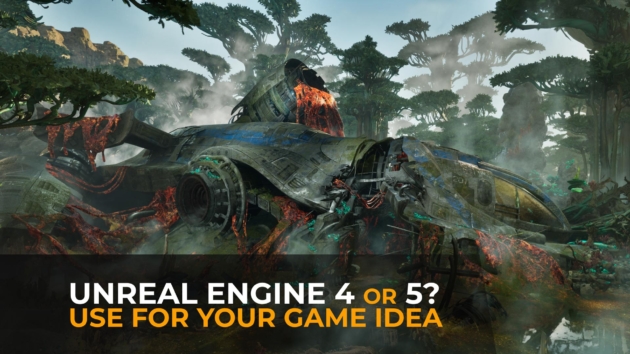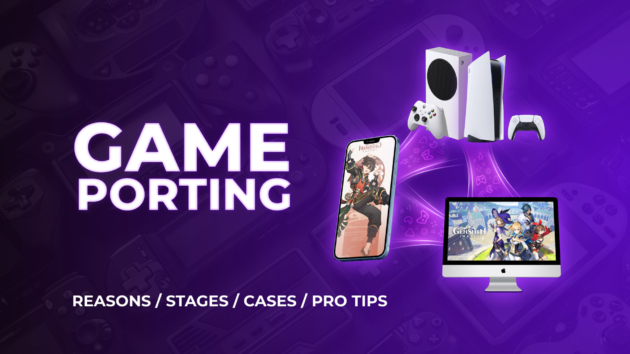The world of a game industry is full of free to play (F2P) games. The game manufacturers try to do their best in order to outdo each other and the competition is cutthroat and desperate.
It is not difficult to create such a type of game but it is much more difficult to make users stay in-game and continue playing.
What is the secret of those the most popular F2P games? How do they manage to force their devoted player to fall in love with a game from the first seconds of user experience and game interactions? How do they manage to make users come back to the app again and again?
Undoubtedly, the main and most significant thing which can absorb players is the first time user experience.
How to make the first time user experience more successful and well-directed. There are 8 tips below.
1. Immediate Satisfaction
If any user buys a game and pays money for the game, he has to play at least a few times, and it does not matter if he likes it or not. But it is another case with F2P games.
A developer of a F2P game must interest the player immediately. The first game session determines whether a person will play the game or not. And it is the biggest responsibility of a game designer to deal with that. No advertisements, no new accounts on a shadowy platform at this stage. After seeing advertisements or some extra steps in the very beginning, the player will start looking for another game.
2. Simplicity Is Power
After downloading and opening the game we have to make a user play the game. And at this stage he starts to interact with all main menus and gameplay itself. The hardships can happen right at the phase of guided tour. In the case of simple and low-tech mechanics do not use tricky guides. Not to make the game over complex.
The interface must be simple and understandable and only a few steps must detach a player from the game.
3. Limited Functionality For Newcomers
In the first stages, it is much better to hold your horses.
All extra options, features and possibilities can be added later.
Users can know about some extra, forthcoming possibilities or features but they cannot be available from the very beginning.
As Pascal Luban (freelance game designer and creative director) said the task of game-designer is to force a player think like that:
- I understand what I must do
- I can do it easily
- I will get a bonus for that
- I have a short-term goal and I know how to achieve it.
Bear in mind that for the first time the player does not have to lose because along with the defeat they will lose the motivation.
Check Our Case Study With “Century Siege: TD Battle” Full-Cycle Game Development
4. Metrics Matter
In game development, metrics are like a wand which helps to learn number of new unique users per day, level of engagement with the game, etc. That’s is really important to understand in which stage the user gives up and leaves the game forever. Metrics may give an idea where and when some improvements must be done. Sometimes, improvements are needed in the first time user experience.
When it comes to F2P games, one of the most significant metrics is the index of retention. A game needs to have strong retention to have time to build proper relationships with users. Common days used for retention are 1, 3, 7 and 30.
5. Allow Players To Be Successful
Everyday presents or bonuses for the active players is a great solution for building strong relationships. The best option is to inform the players about everyday presents or bonuses at the beginning of interaction or user experience. This fact can attract users and make them log in the game more often to get the pleasant bonus/prize.
E.g. Wargaming uses a method of increasing XP and Money for the player’s first wins of the day. After all, you always want to play a game “for an hour” to get an increased number of experiences and rewards.
6. Personalization Should Be Present
It would be nice to give a possibility to users to improve their in-game heroes on their own, on condition that is provided by game, of course. It can be a simple avatar customization. For most of the users altering the appearance of their avatar is a big fun and users like to put their own twist on the game.
When users find something they like and enjoy the retention rates and other metrics often rocket up.
7. Keep Your Users Up-To-Date
Inform your players about some competitions, updates, etc. The game Tanks online is a really great example. If you do not visit the game for a long period of time, you will get the temporary privilege and will be asked to battle. Just try to resist.
Impress your users with updated game sessions, news, bonuses and do not forget to present the prizes even for the weakest players in the leaderboard. Nobody wants to be a pushover.
8. Develop Competitions
Competition is a really nice method to increase retention and this method can be traced in Candy Crush Saga.
The player competes with friends to complete each level and earn the most points or lose everything and play the level over and over in order to win. That encourages you to return to the game, move forward, replay levels and use boosters to improve the result.
Here is one more example of competition in “Century Siege” game fully developed by Stepico Games.
Summing Up
The importance of the first time user experience must not be taken for granted. And developers should understand that they have just a couple of seconds to impress users and absorb them.
Use the above tips to improve first time user experience in F2P games and to make them come back for more.
In Stepico Games we’re always pay special attention to first user experience. If you need help with game development or game design, just contact us.




